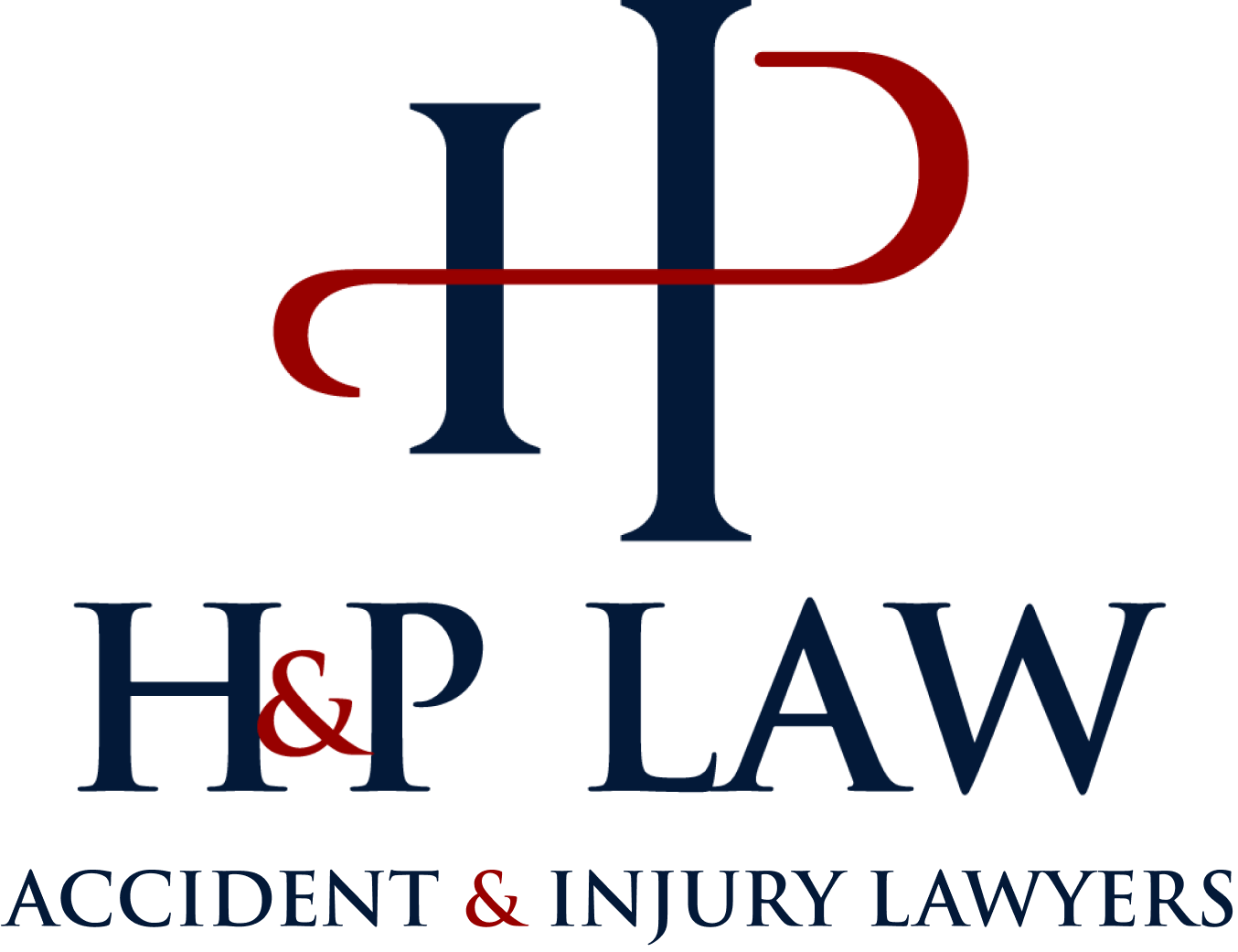Great Lawyers know how to be themselves and adapt at the same time.
In my experience, the best lawyers are great communicators. This is particularly true for litigators. True, you must have a strong grasp on law and procedure. Without it, your communication efforts won’t get very far off the ground. However, I am talking about the difference between good and GREAT lawyers.
Good lawyers can communicate their knowledge in a way that comes across as sincere, passionate, and heart felt. They act in a way that is true to themselves and are not false in any way. When you listen to them you feel like you can trust them.
Great lawyers, however, have a skill that take sincerity and trust to a different level. They are able to speak from the heart in a way that does not to offend others in the room.
I am referring to the way that they talk, the way that they walk and the way that they act. A great communicator (and a great lawyer) will be able to talk, walk, and act just like the person they are trying to communicate with. In other words, they mirror the other person (or people) in the room using both verbal language and body language. This is commonly known as the “chameleon approach.”
Does it seem counter-intuitive that someone can be both sincere and adaptive at the same time? Does it seem like you would be disrespecting the person or cheapening the relationship if you mirrored them? Not in my opinion.
The Chameleon Approach
The chameleon approach is a social tool that is useful in helping create quick bonds with others. If used properly, you will be able to increase the chances of connecting with your audience and maximize the effect of your communication by building rapport.
Without the proper level of rapport, not matter how sincere you are, there will always be a level of distrust between you and the person you are communicating with. If they can’t relate to you, they can’t fully trust you.
Using the Chameleon Approach with Clients
When speaking with a client, many lawyers love to show off how much legal knowledge that they have. They spout off as much legalese as they can remember and cite cases and statutes like they are going out of style.
This is the wrong approach.
What these lawyers do not realize is that they are distancing themselves from their goal by trying to sound knowledgeable. Their clients are confused about what they are even saying. That confusion then leads to more questions and if the attorney is not able to answer the questions clearly (without legalese and case references) there is a significant breakdown in communication.
And, if an attorney and a client cannot communicate they will be unable to create a bond that will give the client the confidence they need to feel. Without client confidence, that relationship is more likely to fail.
This has become very evident in my practice. When I have used words like “liability” or “damages” I can feel my clients drift away mentally.
In my opinion, legalese and case/statute references should only be used in legal documents and between attorneys. An attorney should never use either (for any reason) when speaking with a client.
With every client, an attorney should try to mirror their posture, pace of language and word choice to help them feel as comfortable as possible. Words such as responsibility (rather than liability) or injury (rather than damages) should be used to communicate essential legal concepts in a way that is understandable without being condescending.
When a client feels like they are speaking with someone who understands them (and is not above them), they are more likely to trust what is being said. And, that trust very quickly turns into loyalty as long as it is nurtured and not betrayed.
Conclusion
When speaking with someone, consider whom you are talking to. Consider what that person does that person do for a living and what their background is. Then, use terms and concepts that they can understand when trying to communicate.
This is even more important when you are dealing with someone for the first time. Everyone will be more comfortable and you can expand on your conversation later. A foundation built on a weak footing will not last very long.
The chameleon approach is an essential tool in maximizing the changes that a connection will be made by blending into and fitting into the other person’s world.




